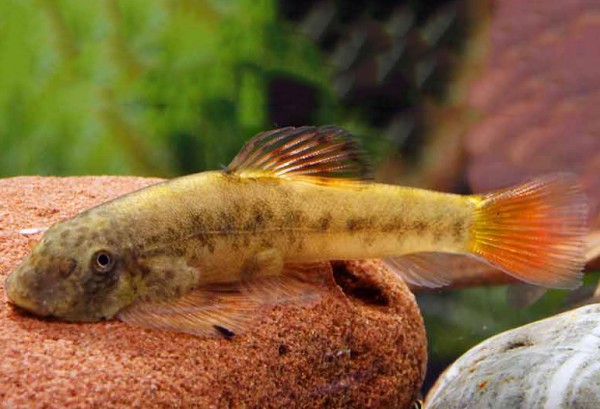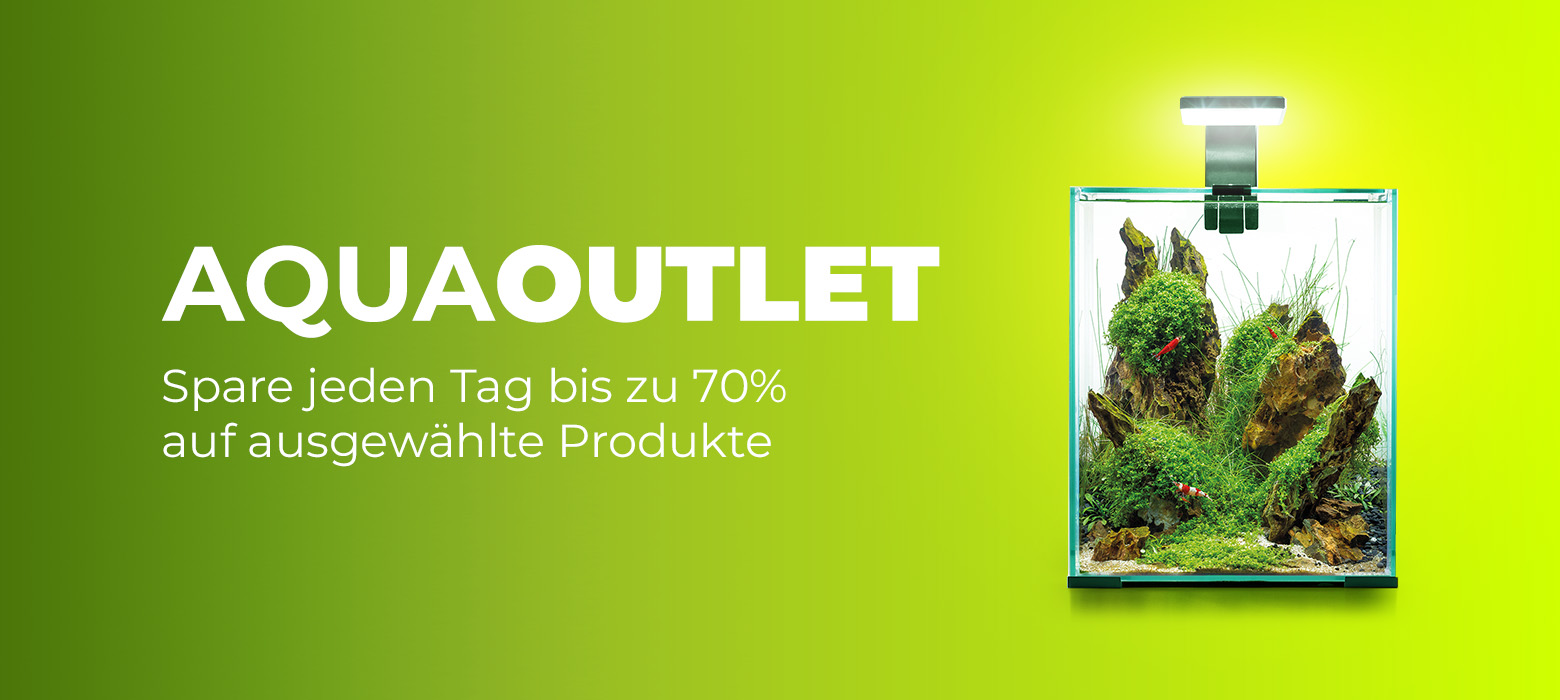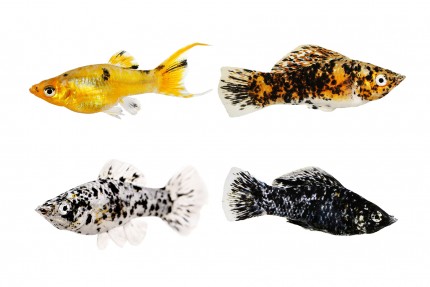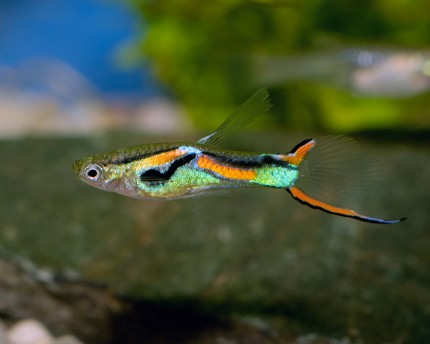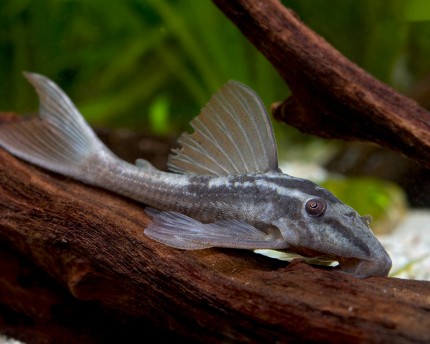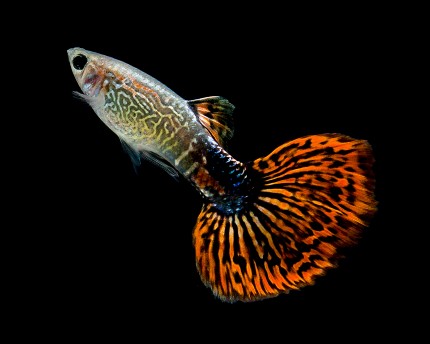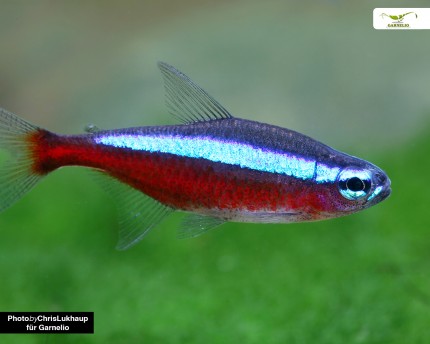incl. VAT plus shipping costs
Currently not available
Delivery only innh. Germany and Austria possible.
Switch to the German store
- Item no: 28980
Fast delivery times
All products are in stock with us!14 years of breeding experience
Let our team of experts advise you!High customer satisfaction
from over 3,000 reviews "| Water values: | soft to medium hard |
| Aquarium size: | 100 l (approx. 80cm) |
| Temperature: | 18-24 °C |
| Feature: | form family groups |
| Visual effect: | interesting body shape |
| Behavior: | Active |
| Fish group: | Loaches |
| Diet: | limnivorous - growth eater (algae) |
| Pelvic region: | Below |
| Breeding: | medium |
| Origin: | Asia |
| with shrimps?: | with dwarf shrimps, offspring is not eaten |
| Difficulty: | 2 - Normal |
| Planting possible?: | Yes |
| with snails/shells?: | Yes |
| Final size: | 4-8 cm |
| with large crabs?: | No |
| with fish?: | conditional* (see description) |
| with dwarf crabs?: | No |
| with crabs?: | No |
The Red Fin fin sucker Pseudogastromyzon myersi shows the namesake red fringe on the dorsal fin. Red Fin fin suckers belong to the loaches. In the past they were often traded under the incorrect name Pseudogastromyzon cheni. The Red Fin fin sucker is widely distributed in Hong Kong and Guangdong in southeast China. It lives in shallow, very fast flowing especially oxygen rich mountain streams . The body of the Red Fin loach is adapted to the current and is quite flat. The small loaches do not grow very large at about 5-6 cm.
The pectoral fins of the Red Fin Fin Sucker are remodeled into the namesake sucker fins - another perfect adaptation to their current-rich habitats. The suction fin gives the small aquarium fish a secure grip on smooth surfaces - be it pebbles or stones, but also the aquarium glass. Males are less bulky than the larger females in the Red Fin Fin Sucker Pseudogastromyzon myersi. Sexually mature males show more contrasting coloration and also small protuberances on the head. These are more prominent in dominant males. The base color of the Red Fin Fin Sucker is light and dark brown marbled. The fins are slightly reddish, and the dorsal fin shows a bright red margin.
A social fish, the small loach Pseudogastromyzon myersi actively interacts with its conspecifics and needs a group of at least six Red Fin Fin Suckers to really feel comfortable. Towards other fin sucker species Red Fin Fin Sucker can sometimes act rather aggressive. A socialization with current-loving fish swimming in the middle to upper layers works well. Also with fan shrimps a socialization is possible. Dwarf shrimp are not actively hunted, but need calm areas with less current in the fin sucker aquarium. Larger roots or rocks and plants can help with this.
The Red Fin Fin Sucker does well in an aquarium with a minimum edge length of 75 cm or more. The fish need particularly clean, rather cool, soft to a maximum of medium hard and above all very oxygen-rich water in the aquarium. A good current helps with the oxygen supply and accommodates what fin suckers are accustomed to in nature. The water temperature should be 18-24 °C, the total hardness up to 12 °dGH. The pH value should be 6 to 7.5. Circulation of 10x the amount of water in the aquarium per hour is recommended - that is, it needs a powerful filter. One or more additional flow pumps are also recommended. Fine gravel or sand is suitable as substrate, and larger smooth stones or even plants with rather broad leaves are suitable as decoration.
The Red Fin Fin sucker has an underslung mouth and rasps growth from all solid surfaces in the aquarium - this includes unicellular algae as well as bacteria and other microorganisms in the biofilms. Filamentous algae and similar hard and longer algae are not eaten. As a supplement, Pseudogastromyzon myersi should be provided with frozen food, sinking live food such as red mosquito larvae and also feeding tablets for catfish.
Pseudogastromyzon myersi can be bred in the aquarium. Large water changes with cool, soft water and rich protein-rich food can stimulate spawning of the Red Fin Fin Sucker. The female of the small shallow loach lays her eggs in a nest built by the male, often in coarse gravel. After spawning, the male covers the clutch with some substrate - no further brood care occurs thereafter. The larvae hatch and initially stay in the substrate until they begin to swim freely at about 1 cm body length. Then the small fin suckers eat mulm and growth . Breeding the Red Fin Fin Sucker works especially well if the fish are in a species aquarium with cool, current-rich water. The old fish do not eat their young, so you can catch them out or leave them in the breeding tank.
| Scientific name: | Pseudogastromyzon myersi |
| German Name: | Red Fin fin sucker, Myers' fin sucker |
| Difficulty level: | for informed beginners |
| Origin/Distribution: | Southeast China |
| Coloration: | light-dark marbled, slightly reddish fins, dorsal fin with red edge |
| Age expectancy: | unknown |
| Water parameters: | GH up to 12, KH 0 to 2, pH 6 to 7.5, temperature 18 to 24 °C |
| Tank size: | from 75 cm |
| Food: | Growth, algae cover, microorganisms, food tablets for catfish, sinking live food or frozen food (water fleas, artemia, cyclops or mosquito larvae) |
| Breeding: | possible, requires some care |
| Behavior: | peaceful, rough towards other flatfishes |
| Group size: | Group from 6 animals |
| Further information: | <a href="https://www.garnelio.de/blog/garnelen/welche-fische-vertragen-sich-mit-garnelen="_blank">Which fish get along with shrimp?</a>, <a href="https://www.garnelio.de/en/blog/aquarist-tips/socialization-of-fish-with-dwarf-crabs" target="_blank">Association of fish and dwarf crayfish</a>, <a href="https://www.garnelio.de/blog/krebse/vergesellschaftung-von-fischen-und-grossen-flusskrebsen" target="_blank">Association of fish and large crayfish</a></td> </tr> </tbody></table>
Customer questions and answers Discover now Entdecke die Garnelio Welt! Garnelio gehört zu den größten Onlineshops für wirbellose Aquarientiere weltweit. Last viewed Shopware Agentur six-media.de |

